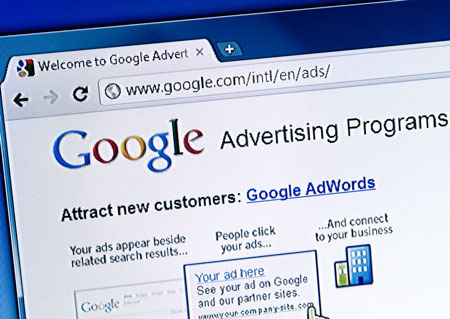
NEW YORK—Search result visibility competition is fierce, especially for local businesses trying to stand out in local search results. On-site optimization and content marketing are two critical strategies. And, a steady content campaign builds brand trust and credibility over time. However, Pay-Per-Click (PPC) is something that can get patients into your practice immediately.
Why PPC Matters in 2016
With PPC ads, you only pay when an interested patient clicks on your ad. You know exactly where your dollars are going and how many of the people who click on your ads ultimately become customers. Plus, with PPC, you’re in total control over daily and weekly budgets.
While a lower budget can be tough in competitive industries like eyecare, it also creates opportunities for creativity. Rather than running an ad for general eyecare, your practice can get more specific and hone in on specialties, like screenings for glaucoma or back-to-school eye exams. Unlike organic search, PPC can produce results very quickly, driving traffic and conversions overnight.
Already running a basic PPC campaign and ready to take it to the next level for 2016? Try these two tactics:
1. Mobile Pay-Per-Click (PPC)
First, erase the idea that mobile marketing is a Millennial-only marketing tactic. Millennials, Gen X, and even Baby Boomers are using mobile search to make immediate purchasing decisions. Many smartphone users will click on PPC ads in mobile search results, and more than half of these individuals make an immediate purchase. Even more significant: 78 percent thought about the product/service and then came back to make a purchase, according to Search Engine Land.
While your eyecare practice may not be trying to sell glasses online (yet), mobile PPC is still essential for driving local awareness and bringing more patients into your practice. AdWords extensions like sitelink, location and call give your ad more “real estate” in the mobile search results and boost your click-through-rate.
2. Remarketing Lists for Search Ads (RLSA)
While remarketing lists for search ads are certainly not new (the feature launched on Google in 2013), most businesses are still failing to take advantage of this PPC strategy.
According to Google’s support page, remarketing is a feature that lets you customize your search ads campaign for people who have previously visited your site, and tailor your bids and ads to these visitors when they're searching on Google.
RLSAs let you modify your PPC ad language, bids and keywords when past site visitors are searching Google for services similar to yours. For example, let’s say a site visitor landed on your page about pre-op lasik evaluations and post-op care. With RLSAs, these visitors would see your search ads for pre/post lasik care displayed when they search again for information on this topic, prompting them to contact your practice for more information.
With RLSAs, you can also view returning visitor data directly within the AdWords interface. This means two important things for your overall PPC cost-per-acquisition strategy. First, if returning visitors are converting at a higher CPA than new visitors, you can lower the bid on your search results for this audience. If they are converting at a lower cost, you can increase the bid. You're in control of your spend.
iMatrix offers solutions to help vision care specialists build a solid PPC strategy and attract new patients to their office.